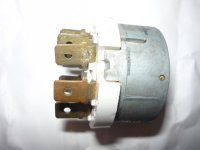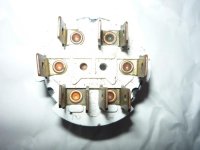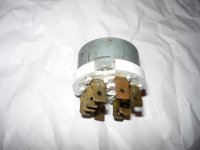miamipammy
Freshman Member
Offline
going to the forums now.
 Hi Guest!
Hi Guest!

 smilie in place of the real @
smilie in place of the real @
 Pretty Please - add it to our Events forum(s) and add to the calendar! >> Here's How <<
Pretty Please - add it to our Events forum(s) and add to the calendar! >> Here's How << 
Sorry, got distracted. I'm having problems starting my spit. It just clicks when I try to start it. Dash lights go out, then nothing. Starter problem,electrical problem? Also the positive cable gets hot.
What you've described sounds to me like the classic "dirty contacts" problem. Assuming the battery holds a charge (and passes a "load" test), remove, clean and replace connections on all the "big" cables to/from battery, solenoid and starter. Often as not, it'll cure the problem!
 ches apart, recovered the parts that flew out, cleaned the crud, put dielectric grease on the contacts, and carefully reassembled to produce a functioning switch. It took several times to get it right, so note the orientation of the metal body and plastic part if you decide to disassemble.
ches apart, recovered the parts that flew out, cleaned the crud, put dielectric grease on the contacts, and carefully reassembled to produce a functioning switch. It took several times to get it right, so note the orientation of the metal body and plastic part if you decide to disassemble. 

